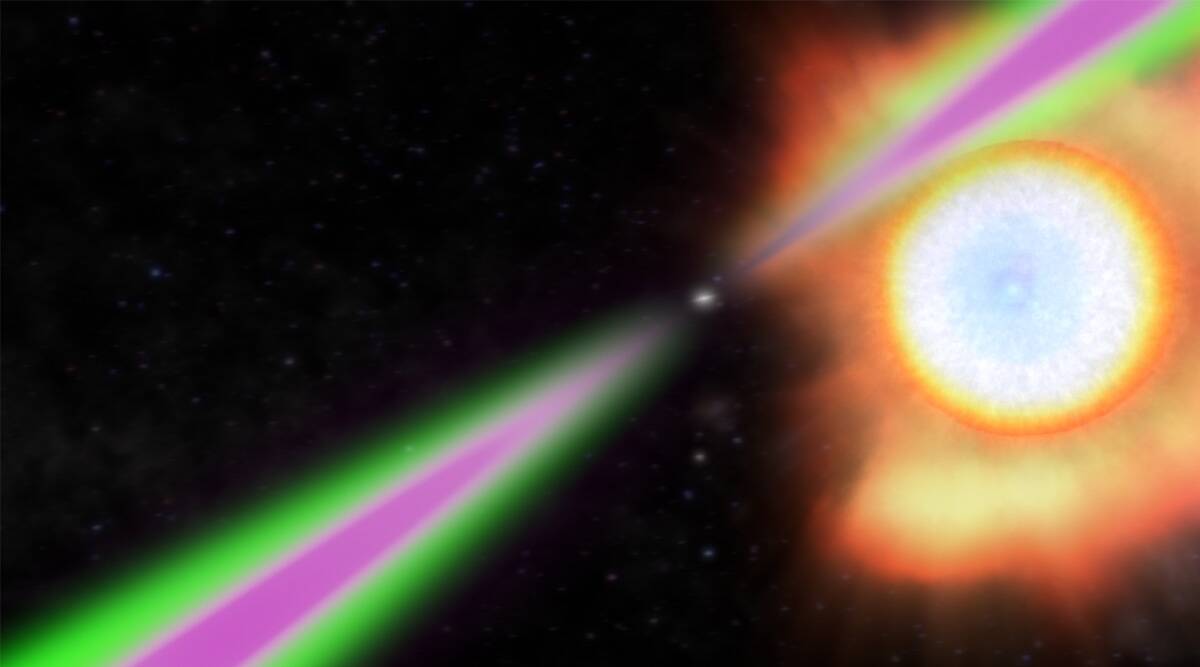Free Courses Sale ends Soon, Get It Now


Free Courses Sale ends Soon, Get It Now



Disclaimer: Copyright infringement not intended.
Context
Details
Black widow binary
Mechanism
To know about pulsar and other concepts,
Read: https://www.iasgyan.in/blogs/black-hole
https://www.iasgyan.in/daily-current-affairs/magnetar
https://www.iasgyan.in/daily-current-affairs/neutrinos-37
© 2024 iasgyan. All right reserved